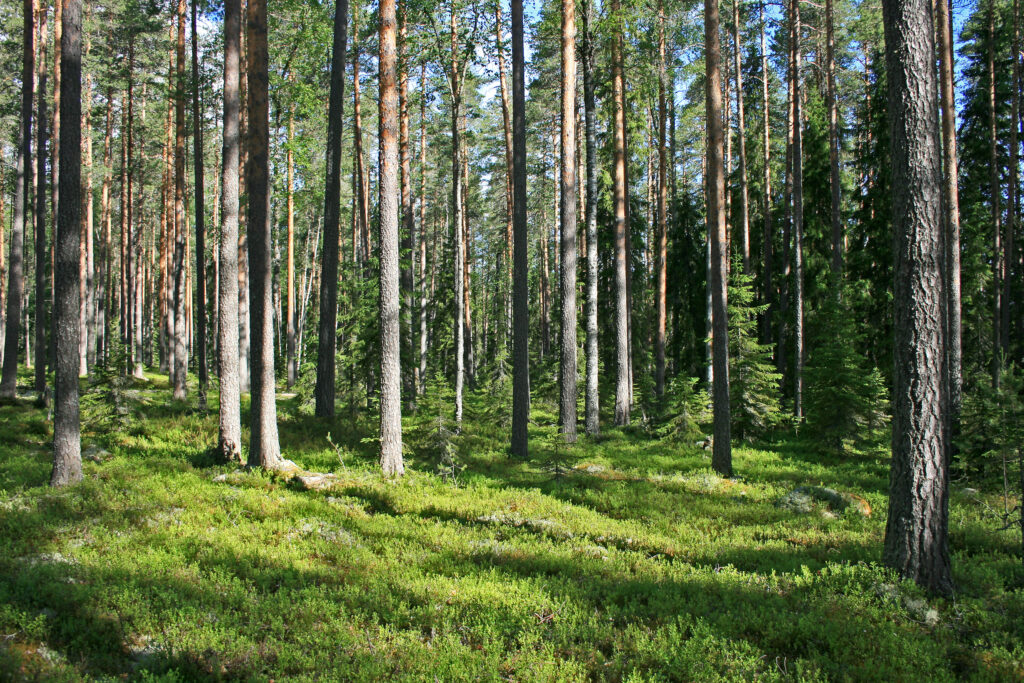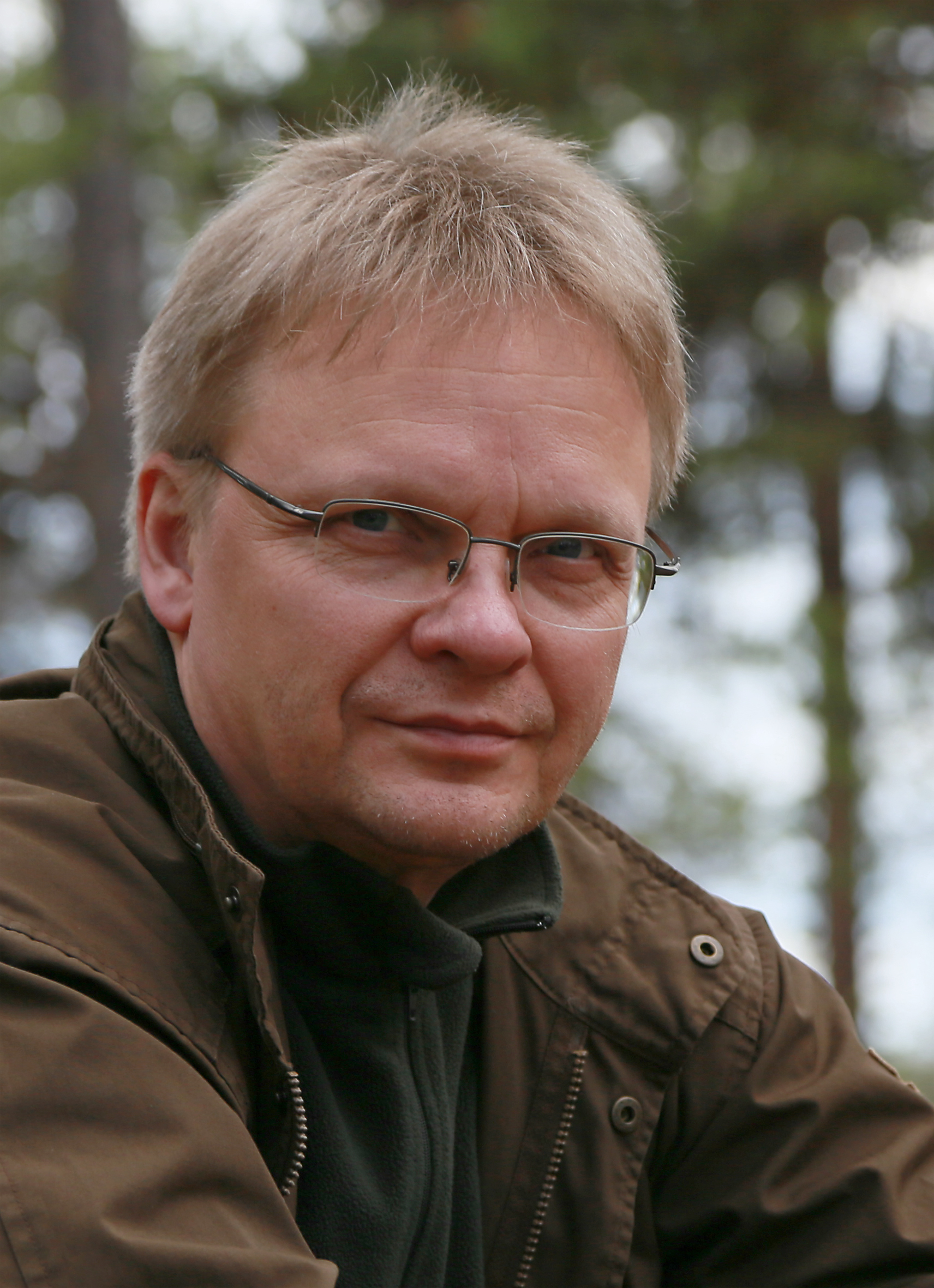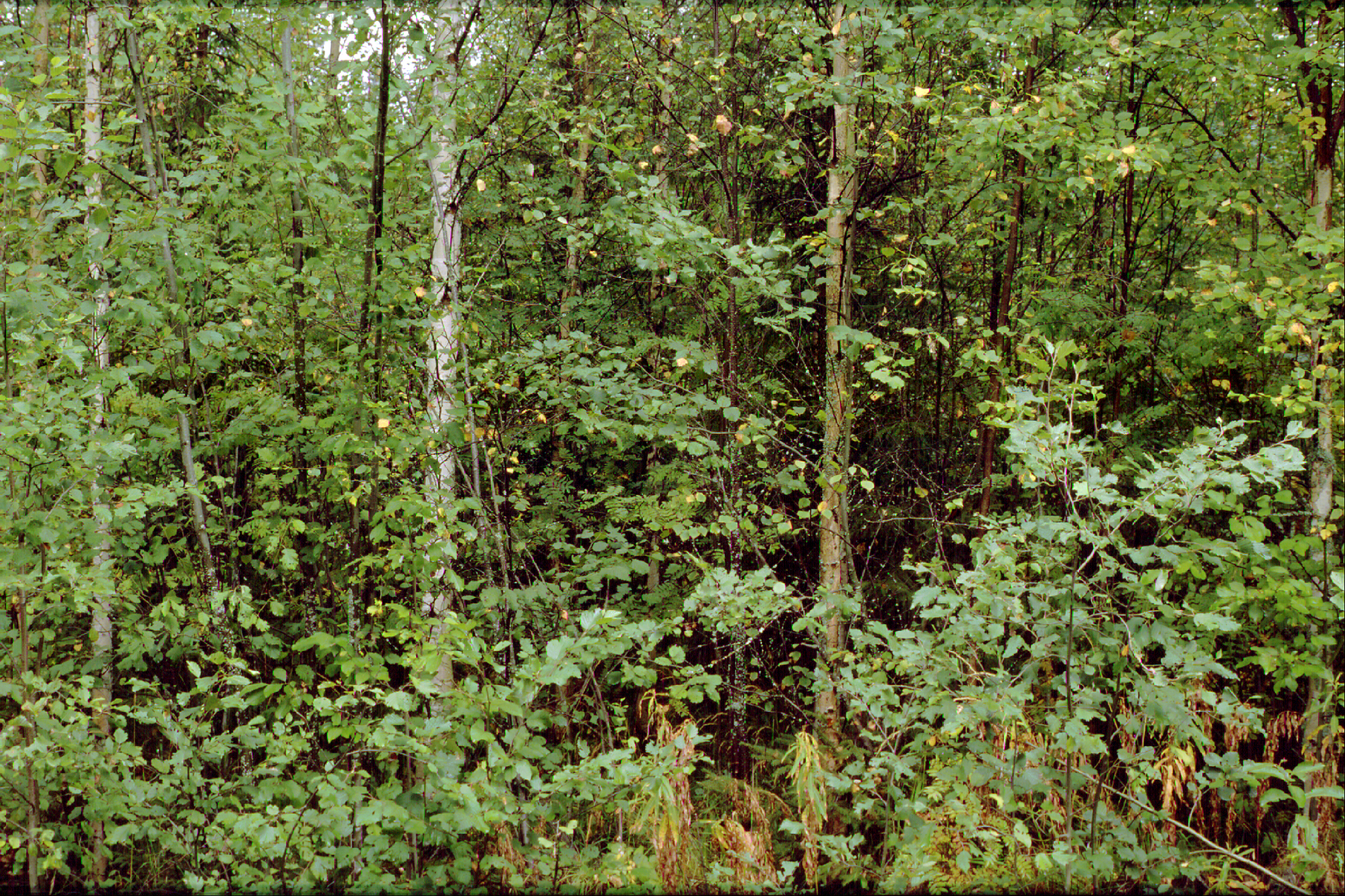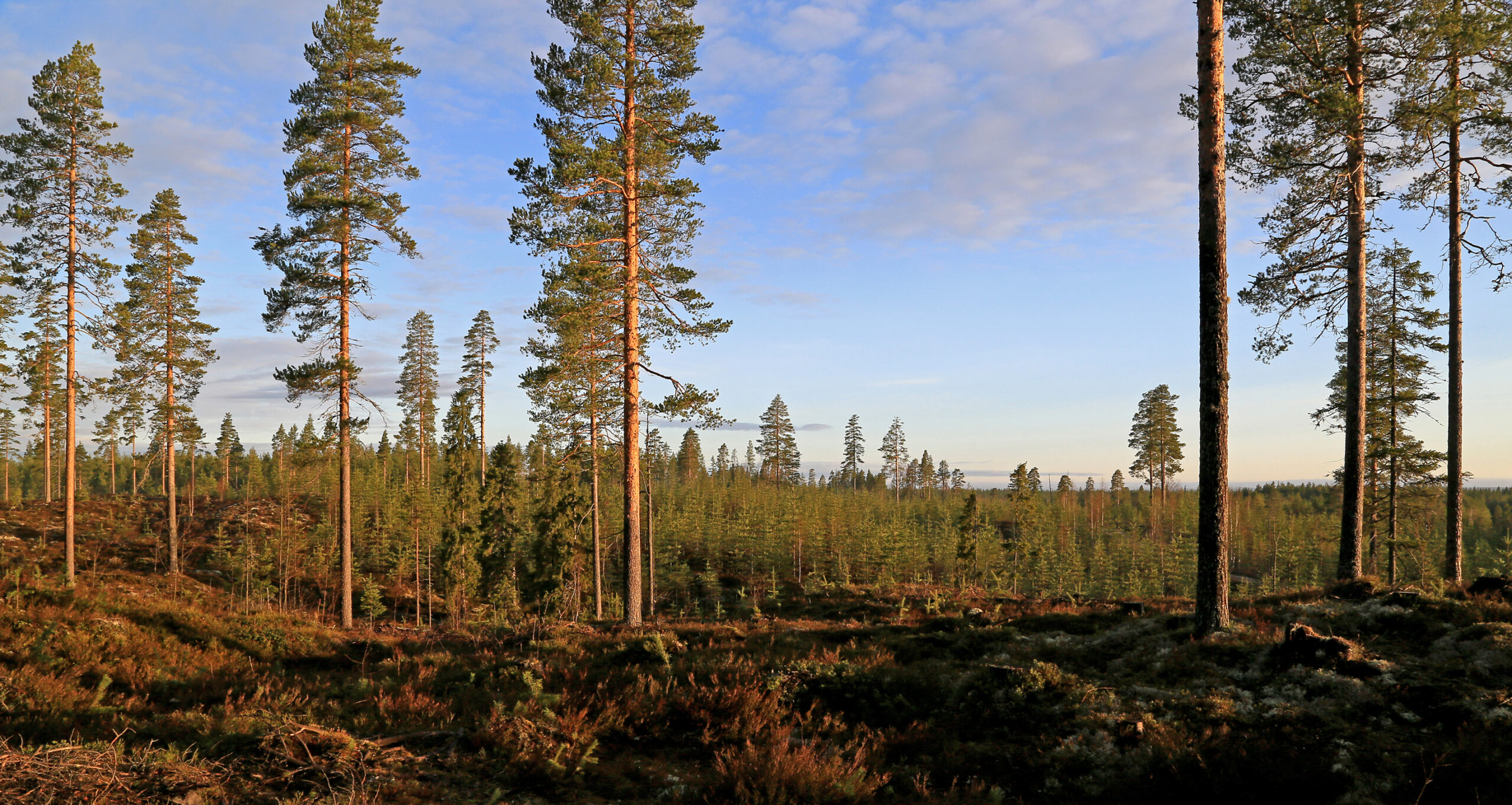Harvesting may also improve the landscape – commercial forest may be more beautiful than a natural one

The value of forest landscapes may be increased by harvesting, especially if the forest is dense and untended. Dense young stands are considered less attractive especially by Finns, when compared to other nationalities, who often view such forests as normal and pleasant.
Harri Silvennoinen studied the landscape values of forest in his doctoral dissertation at the University of Eastern Finland, and says that the views of other nationalities and Finns as to what makes a beautiful forest did not differ much, with the exception of young stands. Opinions on clearcut areas, seed-tree fellings, planted areas and young and mature forests were also inquired about.
“It may be that Finns do not like dense or untended forests because they think about moving among the trees to, for example, pick berries or mushrooms, while other nationalities often have other thoughts: if you want to walk in the forest, you do it only along broad trails,” says Silvennoinen.
For his dissertation, Silvennoinen interviewed 750 tourists visiting Lapland. They made the majority of the interviewees, while the number of Finns he interviewed was 635. The non-Finns were interviewed in the tourism seasons during Christmas, spring and summer.
Both Finns and international tourists thought that a clearcut landscape is the ugliest one. On the other hand, seed-tree felling (where mature trees are left standing to provide seeds for a new forest) looked better than, for example, planted areas, despite the fact that both have the purpose of regenerating the forest.


Mixed forest was considered most attractive
Finns prefer a forest with relatively sparse but stout pine or birch trees, with spruces of different ages as undergrowth – which is just the type of forest that Finnish forestry aims at: mixed forest with trees of many species and sizes.
According to Silvennoinen, Finns seem to like landscapes that can often be seen in the forest some years after a thinning, for example. “However, preferences may change because people may end up having fewer contacts with nature and commercial forests due to urbanisation,” says Silvennoinen.
On the other hand, even if clearcut areas do not please Finns, the effect is only temporary, if compared to the length of the rotation period. The less the soil is worked in connection with regeneration, the sooner the recreational value of the harvested forest will return.
“When it comes to landscape values, natural regeneration with seed trees is clearly a better option than clearcutting and establishing a new forest with seeding or planting,” says Silvennoinen. Sometimes a healthy planted site is considered even more beautiful than spruce stands ripe for regeneration.
Forest landscape is under continuous change
The landscapes in commercial forests are important for Finns, because most of the country is forested and most of the forests are commercial. “Finns spend a great deal of their time in the outdoors. This is why the effects of forest use are considered so important, especially in southern and central Finland, where there are not that many protected forests,” says Silvennoinen.
According to Silvennoinen, a landscape always provides a unique experience linked to a particular moment, which is also the case with the impact of forestry on a landscape. “For example, I personally tend to like clearcut areas better during the lingonberry season than at other times,” says Silvennoinen.
A tree stand may provide a very different experience in winter and in summer. Commercial forests seem to suit recreation and tourism purposes best during winter.
Snowfall often gives the landscape a face-lift. International tourist may find even a clearcut area relatively nice during winter.
Finns were not asked whether they appreciate snowy landscape for the dissertation. Silvennoinen would like to do a further study on this particular aspect.
Protected forest is not always the most attractive one
The arguments for nature protection often also include landscape values. On the other hand, what people find attractive does not always coincide with the ecological arguments for protection.
“Ecological is not always aesthetic. For example, deadwood, standing or not, is not always appreciated in recreational forests close to urban areas,” says Silvennoinen.
The interviewees were also shown some pictures of old, natural spruce stands in the Republic of Karelia across the Russian border. “The rather chaotic-looking forest was not found attractive. It’s likely that an old, natural pine stand with beautiful standing deadwood would have gained more points,” says Silvennoinen.
The position from which a forest is viewed also seems to affect the landscape experience. Forest owners and professionals value the landscape effects of forestry operations higher than others. Those who are going to pick berries, drive a snowmobile or ski may place a high value on clearcut areas, at least for the time being.
Silvennoinen’s dissertation also produced a landscape model that can be used when planning forestry operations.

Kirjoita kommentti